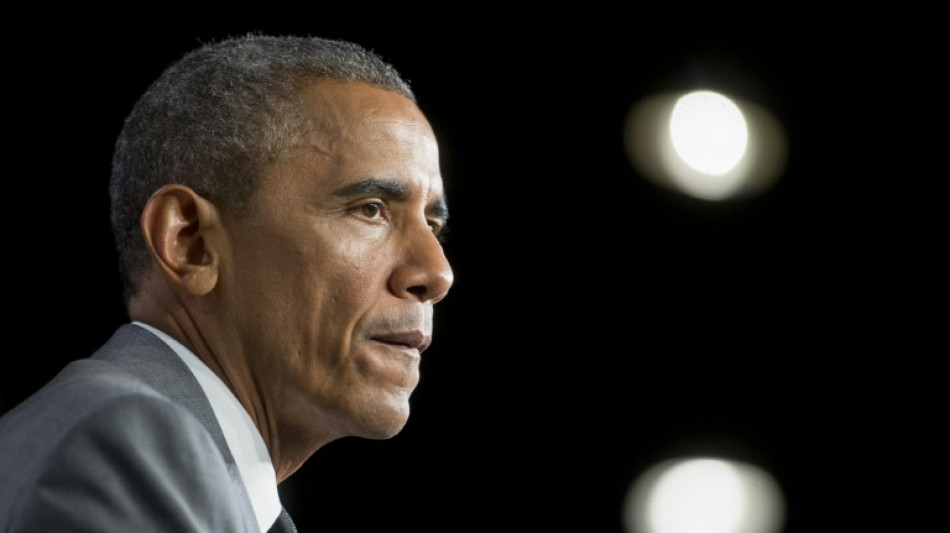
-
 Asia markets fluctuate as investors mull Trump-Xi talks
Asia markets fluctuate as investors mull Trump-Xi talks
-
Trump, Xi ease fight on tariffs, rare earths

-
 Volkswagen posts 1-billion-euro loss on tariffs, Porsche woes
Volkswagen posts 1-billion-euro loss on tariffs, Porsche woes
-
'Fight fire with fire': California mulls skewing electoral map

-
 Fentanyl, beans and Ukraine: Trump hails 'success' in talks with Xi
Fentanyl, beans and Ukraine: Trump hails 'success' in talks with Xi
-
'Nowhere to sleep': Melissa upends life for Jamaicans
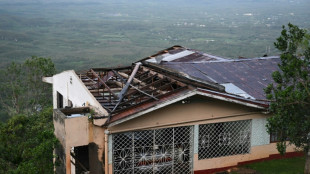
-
 Irish octogenarian enjoys new lease on life making harps
Irish octogenarian enjoys new lease on life making harps
-
Tanzania blackout after election chaos, deaths feared

-
 G7 meets on countering China's critical mineral dominance
G7 meets on countering China's critical mineral dominance
-
Trump hails tariff, rare earth deal with Xi

-
 Court rules against K-pop group NewJeans in label dispute
Court rules against K-pop group NewJeans in label dispute
-
India's Iyer says 'getting better by the day' after lacerated spleen

-
 Yesavage fairytale carries Blue Jays to World Series brink
Yesavage fairytale carries Blue Jays to World Series brink
-
Bank of Japan keeps interest rates unchanged
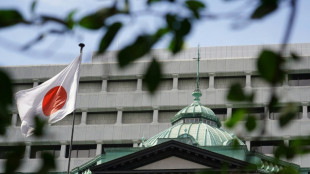
-
 Impoverished Filipinos forge a life among the tombstones
Impoverished Filipinos forge a life among the tombstones
-
Jokic posts fourth straight triple-double as Nuggets rout Pelicans

-
 UN calls for end to Sudan siege after mass hospital killings
UN calls for end to Sudan siege after mass hospital killings
-
Teenage Australian cricketer dies after being hit by ball

-
 As Russia advances on Kupiansk, Ukrainians fear second occupation
As Russia advances on Kupiansk, Ukrainians fear second occupation
-
Trade truce in balance as Trump meets 'tough negotiator' Xi

-
 China to send youngest astronaut, mice on space mission this week
China to send youngest astronaut, mice on space mission this week
-
Yesavage gem carries Blue Jays to brink of World Series as Dodgers downed

-
 With inflation under control, ECB to hold rates steady again
With inflation under control, ECB to hold rates steady again
-
Asia stocks muted with all eyes on Trump-Xi meeting

-
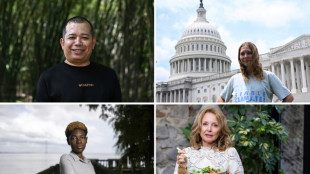 Personal tipping points: Four people share their climate journeys
Personal tipping points: Four people share their climate journeys
-
Moto3 rider Dettwiler 'no longer critical' after crash: family

-
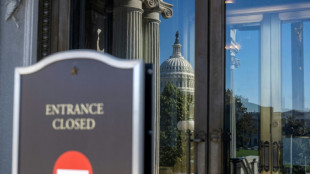 US economy in the dark as government shutdown cuts off crucial data
US economy in the dark as government shutdown cuts off crucial data
-
Trump orders nuclear testing resumption ahead of Xi talks

-
 'Utter madness': NZ farmers agree dairy sale to French group
'Utter madness': NZ farmers agree dairy sale to French group
-
Samsung posts 32% profit rise on-year in third quarter

-
 30 years after cliffhanger vote, Quebec separatists voice hope for independence
30 years after cliffhanger vote, Quebec separatists voice hope for independence
-
Taxes, labor laws, pensions: what Milei wants to do next

-
 South Sudan's blind football team dreams of Paralympic glory
South Sudan's blind football team dreams of Paralympic glory
-
US says 4 killed in new strike on alleged Pacific drug boat

-
 What we do and don't know about Rio's deadly police raid
What we do and don't know about Rio's deadly police raid
-
'They slit my son's throat' says mother of teen killed in Rio police raid

-
 Arteta hails 'special' Dowman after 15-year-old makes historic Arsenal start
Arteta hails 'special' Dowman after 15-year-old makes historic Arsenal start
-
Google parent Alphabet posts first $100 bn quarter as AI fuels growth

-
 Underwater 'human habitat' aims to allow researchers to make weeklong dives
Underwater 'human habitat' aims to allow researchers to make weeklong dives
-
Maresca slams Delap for 'stupid' red card in Chelsea win at Wolves

-
 'Non-interventionist' Trump flexes muscles in Latin America
'Non-interventionist' Trump flexes muscles in Latin America
-
Slot defends League Cup selection despite not meeting 'Liverpool standards'

-
 'Poor' PSG retain Ligue 1 lead despite stalemate and Doue injury
'Poor' PSG retain Ligue 1 lead despite stalemate and Doue injury
-
Liverpool crisis mounts after League Cup exit against Palace

-
 Kane scores twice as Bayern set European wins record
Kane scores twice as Bayern set European wins record
-
Radio Free Asia suspends operations after Trump cuts and shutdown

-
 Meta shares sink as $16 bn US tax charge tanks profit
Meta shares sink as $16 bn US tax charge tanks profit
-
Dollar rises after Fed chair says December rate cut not a given
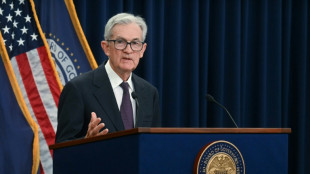
-
 Google parent Alphabet posts first $100 bn quarter as AI drives growth
Google parent Alphabet posts first $100 bn quarter as AI drives growth
-
Rob Jetten: ex-athlete setting the pace in Dutch politics


Obama sex education program drove lower teen birth rates in US: study
An Obama-era sex education program that was criticized by conservatives succeeded in reducing teen birth rates in parts of the US that implemented it, a large study said Monday.
Teen births are higher in the United States than in any other G7 country, and the topic of whether to teach adolescents about the use of contraceptives has remained heated among academics, politicians and the public.
A 1996 law allocated federal funding to abstinence-only education, but in 2010 then-president Barack Obama initiated two more comprehensive sex-education programs: Personal Responsibility Education Program (PREP) and the Teen Pregnancy Prevention program (TPP).
These programs provided more information about sex, contraception, and reproductive health compared to abstinence-only education, which research has shown has no effect on teen birth rates.
"We looked at 'Where did this funding go? And what happens to teen birth rates in the places that it went?'" Nicholas Mark, a researcher at New York University (NYU) and lead author of the study in Proceedings of the National Academy of Sciences (PNAS) told AFP.
Mark and his co-author, NYU professor Lawrence Wu focused on TPP, because this program's funding was allocated at the county rather than state level. This made it possible to draw comparisons between counties of similar income and poverty levels.
The researchers had access to public data on which counties received TPP funding, and a restricted birth certificate database that gave them birth rates in counties, as well as allowing them to capture the age of mothers at the time of birth and where they lived.
They examined teenage birth rates in 55 US counties from 1996-2009, the years before they received TPP funding, and during the years they received this funding, 2010-2016.
They also compared the birth rates in those 55 counties to more than 2,800 counties without the funding in the years before and after TPP was implemented.
This method allowed them to make the truest comparison possible, by disentangling the specific impact of the sex education program from an overall trend of declining teen birth rates in recent years.
Birth rates among 14 to 19 year olds in counties that received TPP funding dropped by approximately three percent in the years studied -- both compared to the period before they received funding, and compared to unfunded counties.
The paper is the first national effort to study the question, and its methods demonstrated cause-and-effect, rather than simply correlation, according to the authors.
Support for comprehensive sex education versus abstinence-only teaching remains a fault line in the country's ongoing culture wars.
The administration of former president Donald Trump attempted to reallocate funding back towards abstinence programs, but faced opposition in court by the reproductive health group Planned Parenthood.
Many teen pregnancies and subsequent births are unwanted by the mothers, and therefore can be affected by access to abortion.
The conservative-majority Supreme Court may soon be poised to overturn the ruling that made abortion a constitutional right in the United States 50 years ago, paving the way for state-level bans.
Y.Bouchard--BTB




